Advanced technics in vibration analysis tools such as cepstrum, kurtosis, crest factor, cross-correlation function, shock pulse measurement, spike energy, wavelets, and inverse Fourier transform, in turbomachinery
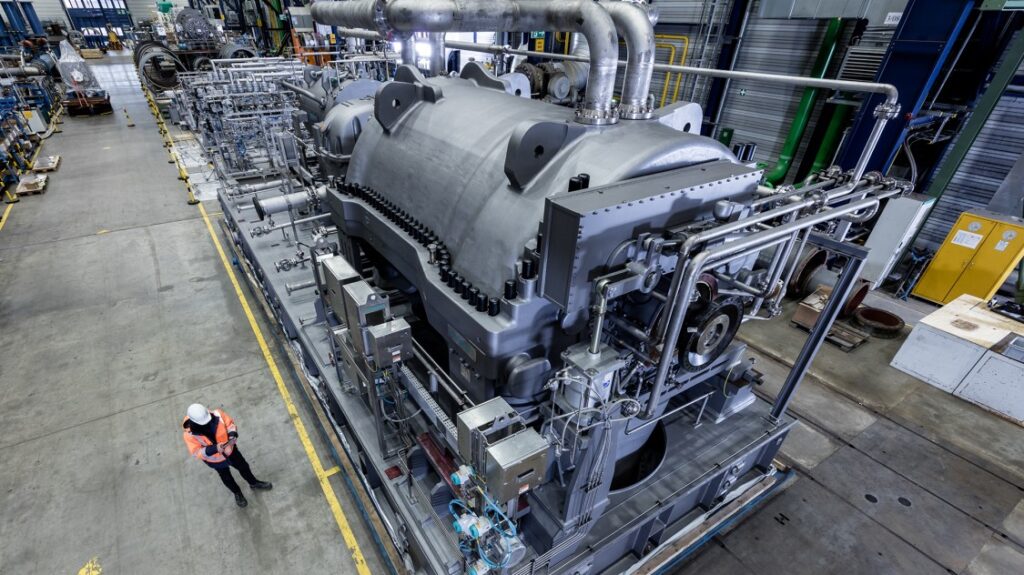
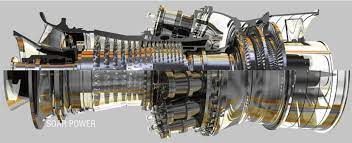
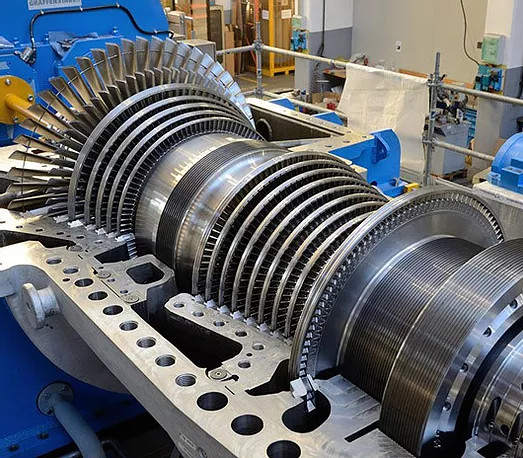
CENTRIFUGAL COMPRESSORS
GAS TURBINES
SPECIAL STEAM TURBINES
Advanced techniques in vibration analysis offer several advantages when used in turbomachinery applications. Here are the advantages of some of these techniques:
Cepstrum:
- Advantages:
- Cepstrum analysis helps identify the periodicity and harmonics in vibration signals, facilitating the detection and characterization of specific fault frequencies and their harmonics.
- It is particularly useful for diagnosing turbomachinery issues such as bearing defects, gear meshing problems, or blade passing frequencies.
- Cepstrum analysis can separate closely spaced frequencies and resolve complex vibration patterns, making it valuable for identifying and analyzing fault conditions in turbomachinery.
- Advantages:
Kurtosis:
- Advantages:
- Kurtosis analysis assesses the presence of impulsive or non-Gaussian signals in vibration data, helping detect transient events, impacts, or sudden changes in the vibration behavior of turbomachinery.
- It is effective in detecting and characterizing certain fault conditions that may not be easily identified using other tools.
- High kurtosis values indicate the presence of impulsive vibrations caused by faults such as rotor-stator rub, gear defects, or mechanical impacts.
- Advantages:
Crest Factor:
- Advantages:
- Crest factor analysis provides insights into the dynamic range and amplitude characteristics of vibration signals, helping detect abnormal or excessive vibrations indicating issues like unbalance, misalignment, or mechanical looseness in turbomachinery.
- It is useful for evaluating the severity of vibrations and determining if they exceed acceptable limits in turbomachinery.
- Advantages:
Cross-Correlation Function:
- Advantages:
- Cross-correlation analysis helps determine the relationship between two vibration signals, providing information about their similarities and time delays.
- It is useful for identifying and quantifying the coupling or interaction between different components or measurement points in turbomachinery.
- Cross-correlation analysis helps diagnose issues related to component interaction, such as rotor-stator rub or dynamic interaction between adjacent blades.
- Advantages:
Shock Pulse Measurement:
- Advantages:
- Shock pulse measurement is a specialized technique for detecting early-stage bearing failures in turbomachinery.
- It detects high-frequency impulses generated by bearing defects, allowing for early detection and preventing catastrophic failures.
- Shock pulse measurement enables condition-based maintenance, reducing downtime and improving the reliability of turbomachinery.
- Advantages:
Spike Energy:
- Advantages:
- Spike energy analysis focuses on identifying high-frequency energy spikes or impulsive events in vibration data.
- It helps detect and assess the severity of specific fault conditions such as gear tooth defects, impacting events, or other sources of impulsive vibrations.
- Spike energy analysis provides insights into the intensity and distribution of energy within the vibration signal.
- Advantages:
Wavelets:
- Advantages:
- Wavelet analysis is a powerful technique for analyzing non-stationary signals and identifying transient events in turbomachinery vibrations.
- It helps identify localized events, changes in frequency content, and time-dependent behavior that may be indicative of faults or abnormalities.
- Wavelet analysis provides both time and frequency information simultaneously, enabling a more detailed understanding of the vibration characteristics.
- Advantages:
Inverse Fourier Transform:
- Advantages:
- Inverse Fourier transform converts frequency domain data back into the time domain, allowing for the analysis of transient or time-dependent vibrations.
- It helps identify and characterize specific events or patterns in turbomachinery, enabling better understanding of the temporal behavior of vibrations and their correlation with operational events or conditions.
- Advantages:
By utilizing these advanced techniques in vibration analysis, engineers and maintenance personnel can improve their ability to detect faults, identify root causes, and implement appropriate corrective measures. These techniques enable early fault detection, reduce downtime, enhance the reliability and safety of turbomachinery, and contribute to optimal operational performance.
LIMITATIONS IN ENGINEERING & DESIGN USING ADVANCED TECHNICS IN VIBRATION ANALYSIS FOR TURBOMACHINERY
Here are some limitations to be aware of:
Complexity of Analysis:
- Advanced techniques often require specialized knowledge and expertise to properly interpret and analyze the results.
- Skilled personnel with experience in vibration analysis and understanding of turbomachinery behavior are necessary to apply these techniques effectively.
- The complexity of the analysis may limit their applicability in cases where a simpler approach can provide sufficient information.
Data Quality and Availability:
- The accuracy and quality of the vibration data are crucial for effective analysis using these advanced techniques.
- Data acquisition systems and sensors must be properly calibrated, positioned, and maintained to ensure reliable measurements.
- Limited access to critical measurement points or difficulties in installing sensors may impact the availability and quality of data for analysis.
Resource Requirements:
- Implementing advanced techniques often requires additional resources in terms of hardware, software, and personnel training.
- The cost of acquiring and maintaining specialized equipment or software tools can be a limitation for some organizations.
- Adequate training and continuous education are necessary to ensure proper utilization of these techniques.
Interpretation and False Alarms:
- The interpretation of results from advanced techniques can be challenging and may require careful consideration of various factors.
- False alarms or misleading results can occur if the analysis is not performed correctly or if the data interpretation is subjective.
- Skilled analysts must have a deep understanding of turbomachinery behavior and the context of the specific application to avoid misinterpretations.
Applicability to Specific Faults:
- Some advanced techniques may be more suitable for specific fault types or conditions, while their effectiveness in identifying other fault types may be limited.
- Each technique has its own strengths and limitations, and careful consideration is required to choose the appropriate technique for a given application.
Computational Resources:
- Some advanced techniques, such as wavelet analysis, can be computationally intensive, requiring significant processing power and time.
- The availability of computational resources, including hardware and software, may impact the feasibility and practicality of using these techniques.
Limited Standards and Guidelines:
- While there are established guidelines and standards for basic vibration analysis, there may be limited standards specific to the application of advanced techniques.
- The lack of standardized procedures and benchmarks can make it challenging to compare results across different analyses or industries.
Despite these limitations, advanced vibration analysis techniques can provide valuable insights and enhance the understanding of turbomachinery behavior. By acknowledging these limitations and working with experienced professionals, organizations can maximize the benefits while mitigating potential challenges when applying these advanced techniques in the engineering and design of turbomachinery.
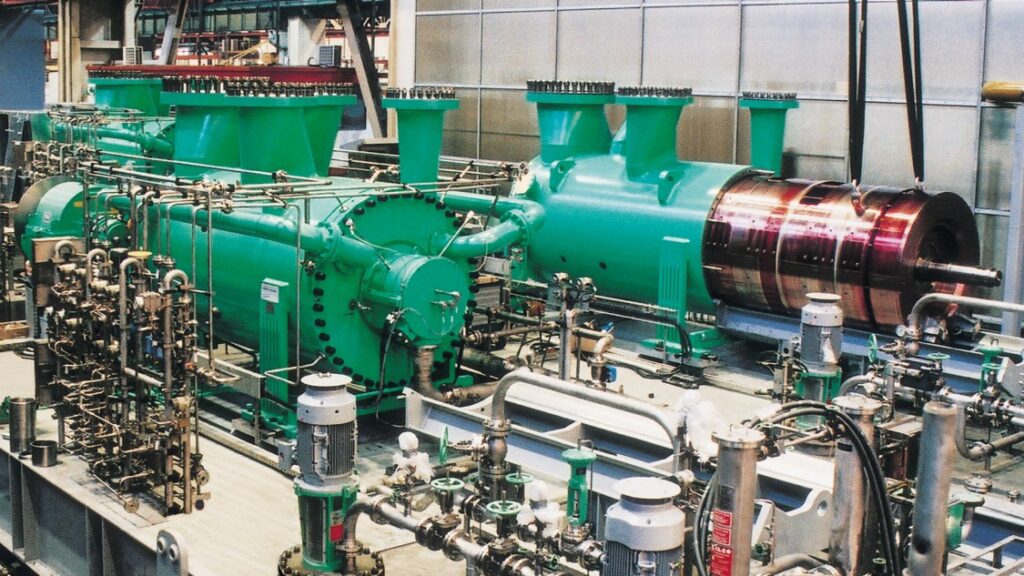
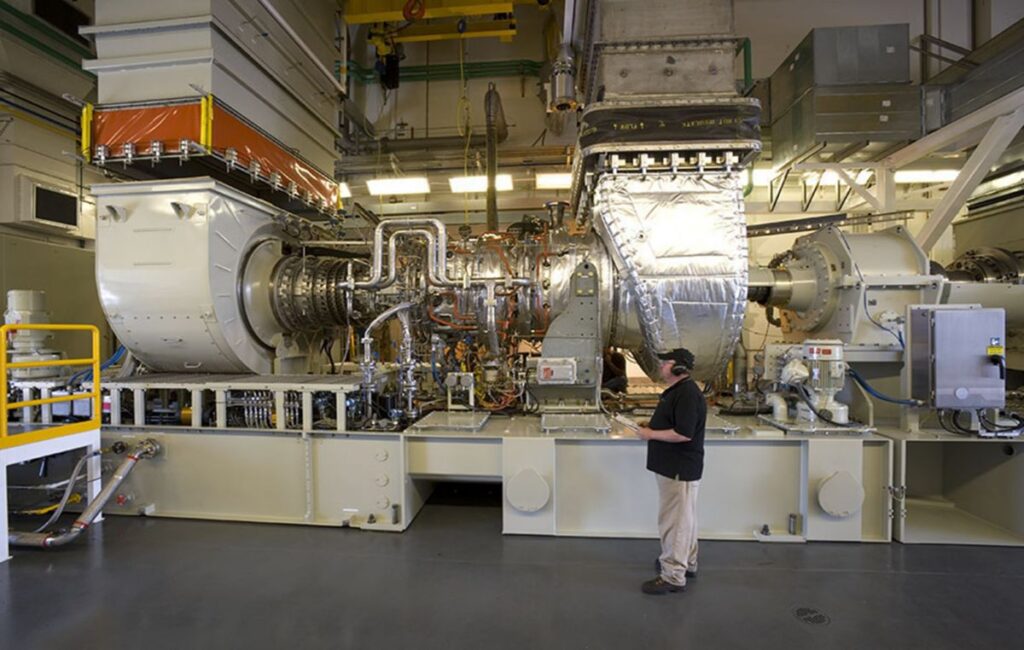
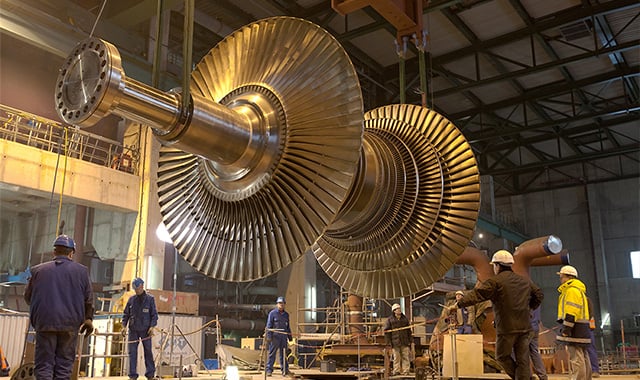
WHY, WHEN, WHERE, WHAT, WHICH AND HOW TO USE ADVANCED TECHNICS IN VIBRATION ANALYSIS FOR TURBOMACHINERY
Why Use Advanced Techniques in Vibration Analysis:
- Advanced techniques provide more detailed and specific information about the vibration behavior of turbomachinery.
- They enable the detection and diagnosis of complex fault conditions, transient events, and abnormal vibration patterns.
- These techniques offer insights into the root causes of vibration issues, contributing to improved reliability, safety, and operational performance of turbomachinery.
When to Use Advanced Techniques:
- Advanced techniques are typically employed when basic vibration analysis methods fail to provide sufficient insights or when specific fault conditions are suspected.
- They are valuable in troubleshooting and diagnosing persistent or intermittent vibration problems, or when there is a need for a more detailed understanding of the vibration characteristics.
Where to Apply Advanced Techniques:
- Advanced vibration analysis techniques can be applied to various turbomachinery systems, including centrifugal compressors, gas turbines, special steam turbines, pumps, and other rotating equipment.
- They are applicable in power generation plants, oil and gas industries, manufacturing facilities, and any other industries where turbomachinery is utilized.
What Advanced Techniques Provide:
- Cepstrum analysis helps identify periodicities and harmonics in vibration signals, aiding in the detection and characterization of specific fault frequencies and their harmonics.
- Kurtosis analysis assesses the presence of impulsive or non-Gaussian signals, helping detect transient events or sudden changes in the vibration behavior.
- Crest factor analysis provides insights into the dynamic range and amplitude characteristics of vibration signals, helping detect abnormal or excessive vibrations.
- Cross-correlation function analysis helps determine the relationship between vibration signals, providing information about similarities and time delays.
- Shock pulse measurement detects high-frequency impulses generated by bearing defects, facilitating early detection and prevention of catastrophic failures.
- Spike energy analysis focuses on identifying high-frequency energy spikes or impulsive events, aiding in the detection and assessment of specific fault conditions.
- Wavelet analysis is used to analyze non-stationary signals, identify transient events, and understand localized frequency content.
- Inverse Fourier transform converts frequency domain data back into the time domain, allowing for the analysis of transient or time-dependent vibrations.
Which Techniques to Use:
- The choice of advanced techniques depends on the specific objectives, characteristics of the vibration problem, and available data.
- Different techniques may be more suitable for specific fault types or conditions, and multiple techniques can be used in combination for a comprehensive analysis.
How to Apply Advanced Techniques:
- Implement a systematic approach that involves data acquisition, data preprocessing, application of the chosen advanced techniques, and interpretation of the results.
- Utilize specialized software or algorithms to perform the analysis and generate meaningful insights.
- Collaborate with vibration analysts, subject matter experts, or specialized diagnostic service providers to ensure accurate interpretation and application of the advanced techniques.
- Continuously improve the knowledge and skills of the personnel involved in the analysis through training and staying updated with advancements in the field.
By leveraging these advanced techniques in vibration analysis, engineers and maintenance personnel can gain deeper insights into the behavior of turbomachinery, detect and diagnose complex fault conditions, and make informed decisions to improve the reliability, safety, and operational performance of the equipment. It is essential to consider the specific application and consult with experts to select and apply the most appropriate advanced techniques for the given turbomachinery system.
PROCEDURES, ACTIONS, STUDIES, ANALYSIS, MITIGATIONS AND RECOMMENDATIONS TO USE ADVANCED TECHNICS OF VIBRATION ANALYSIS IN TURBOMACHINERY
Establish a Diagnostic Program:
- Define the objectives and scope of the diagnostic program, including the specific advanced techniques to be employed.
- Identify the key turbomachinery systems, components, and parameters of interest for analysis.
- Allocate resources, including personnel, time, and budget, to support the diagnostic program.
Data Acquisition and Instrumentation:
- Identify the appropriate sensors and measurement techniques to capture the relevant vibration data.
- Install the sensors at critical locations on the turbomachinery to obtain accurate and representative measurements.
- Calibrate and maintain the measurement instruments to ensure data integrity.
Data Collection and Preprocessing:
- Develop a data collection plan to capture the necessary vibration data for analysis.
- Implement data preprocessing techniques, such as filtering and normalization, to enhance the quality and reliability of the collected data.
Application of Advanced Techniques:
- Utilize specialized software or algorithms to apply the chosen advanced techniques to the vibration data.
- Perform the required analysis, calculations, or transformations to obtain meaningful insights and diagnostic results.
- Interpret the results in conjunction with other diagnostic information to gain a comprehensive understanding of the turbomachinery behavior.
Fault Detection and Diagnosis:
- Use the results from the advanced techniques to detect and diagnose specific fault conditions or abnormal vibration behavior.
- Perform root cause analysis to identify the underlying causes of the faults and determine their severity and potential impact.
- Investigate the relationship between the identified faults and their impact on the reliability, safety, and operational performance of the turbomachinery.
Mitigation Strategies:
- Develop mitigation strategies and action plans based on the diagnostic findings.
- Implement corrective actions, such as balancing, alignment, bearing replacements, or design modifications, to address the identified faults or abnormal vibrations.
- Consider preventive maintenance practices, such as condition-based monitoring, to prevent future occurrences of similar faults.
Continuous Improvement and Monitoring:
- Establish a feedback loop to incorporate lessons learned from the diagnostic activities into the maintenance and operational strategies.
- Continuously monitor and evaluate the effectiveness of the diagnostic program and adjust the procedures, analysis techniques, or instrumentation as needed.
- Stay up-to-date with advancements in the field of vibration analysis and incorporate new techniques or tools when appropriate.
It is crucial to involve experienced personnel with expertise in vibration analysis, turbomachinery behavior, and diagnostic methodologies to carry out these procedures effectively. Collaboration with manufacturers, industry experts, and specialized diagnostic service providers can also bring valuable insights and support to the diagnostic efforts.
By implementing these procedures, actions, studies, analysis techniques, mitigations, and recommendations, organizations can harness the potential of advanced vibration analysis techniques to improve the reliability, safety, and operational performance of turbomachinery. Regular diagnostics and proactive maintenance based on the findings can help optimize the performance of turbomachinery and extend its operational life.
